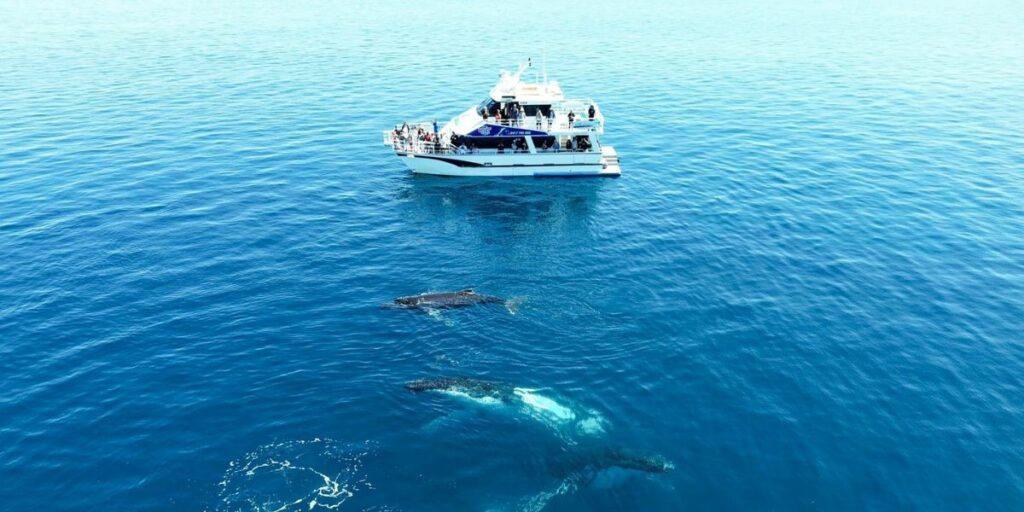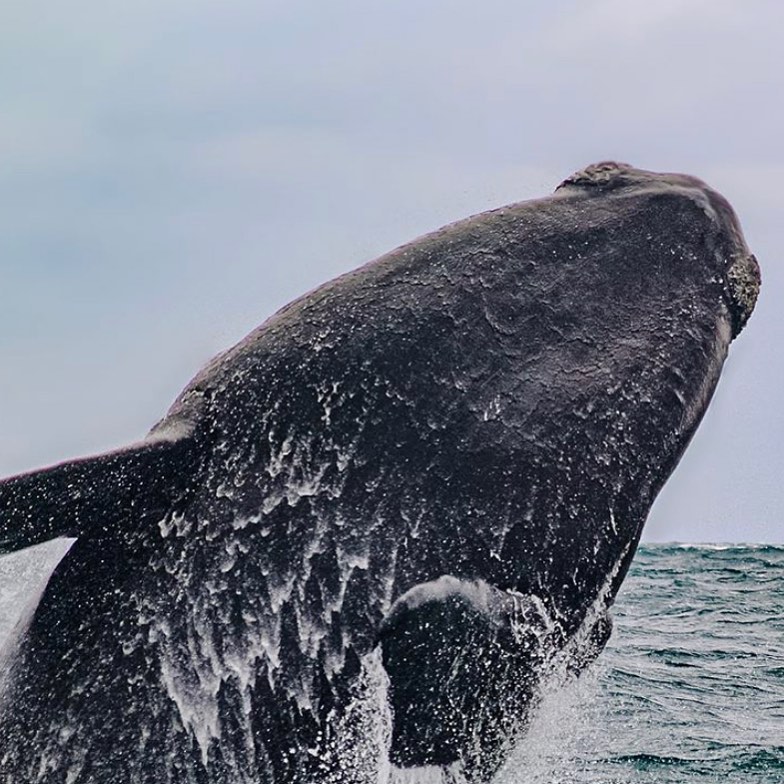Whales, the gentle giants of the ocean, continue to captivate scientists and enthusiasts alike with their staggering size and complex behaviours.
As the largest animals ever to have lived, they offer fascinating insights into evolution, marine ecology, and the delicate balance of ocean ecosystems.
In 2024, new discoveries continue to shed light on how and why these creatures grow to such enormous proportions, while raising urgent questions about their future amid climate change and environmental threats.
Why Are Whales So Big?
Whales evolved to such massive sizes primarily due to the abundance of food in the oceans and the need to travel vast distances for feeding and reproduction.
Baleen whales, such as Blue and Humpback Whales, filter-feed on massive amounts of krill and plankton, allowing them to grow to colossal sizes without expending much energy hunting.
Recent research suggests that whales’ size helps them efficiently travel long distances across oceans, maintaining energy by gliding between feeding and breeding grounds.
Their size also provides them with an advantage when it comes to survival, as fewer predators can challenge them.
According to studies in 2023, the size of a whale may be directly linked to the amount of available food and the distribution of these resources in their migratory routes.
This has sparked further research into the effects of ocean warming, pollution, and overfishing, which could potentially impact the ability of whales to maintain their size and health.
What Makes Blue Whales the Largest Animals on Earth?
The Blue Whale (Balaenoptera musculus), reaching lengths of up to 30 meters and weighing as much as 180,000kgs, is the largest animal known to have ever lived.
Their incredible size is made possible by their unique feeding mechanism—using baleen plates to filter thousands of kilograms of krill from the ocean waters each day.
They have been known to consume up to four tonnes of krill daily during feeding season.
In 2024, ongoing research emphasises the significance of Blue Whales’ feeding behaviours, with advanced tracking and drone technology offering unprecedented views of their feeding habits.
This technology has allowed scientists to observe how Blue Whales navigate to krill hotspots, adapting to changes in krill populations due to ocean currents and temperature fluctuations.
How Do Whales Compare in Size?
Though blue whales hold the title of the largest animal on Earth, other whale species like the southern right whale and humpback whale also impress with their size and unique characteristics.
- Southern Right Whale: These gentle giants grow up to 18 meters (59 feet) in length and can weigh up to 80 tons. They have broad, rounded backs with no dorsal fin and are easily identifiable by their unique callosities on their heads. Southern right whales tend to live in cooler waters and are often seen in the coastal areas of Australia during their breeding season.
- Humpback Whale: Slightly smaller than the southern right whale, humpbacks grow up to 16 meters (52 feet) and weigh around 30-40 tons. They are known for their spectacular breaching behavior and long pectoral fins, which can be one-third of their body length. Humpback whales are particularly famous for their migratory journeys from polar feeding grounds to tropical breeding areas, making them a common sight along the West Australian coast during whale-watching tours.
Despite their size differences, all three species share a critical role in the marine ecosystem, and each has unique behaviours and characteristics that make whale watching a mesmerizing experience.
The Future of Whales in a Changing Ocean
While whales’ massive size offers them protection from most predators, they are not immune to the threats posed by human activity.
In 2024, one of the biggest concerns for marine biologists is the impact of climate change on whale populations.
Rising ocean temperatures are altering the distribution of krill and other food sources, while increased noise pollution from shipping lanes disrupts whale communication and migration patterns.
Plastic pollution and entanglements in fishing gear also pose significant dangers to whales. A growing movement toward more sustainable fishing practices, coupled with international efforts to protect marine habitats, has sparked hope for the future.
Why Whale Watching Matters
Whale-watching tours, like those offered by All Sea Charters, provide a unique opportunity to see these incredible creatures up close while creating a deeper understanding of their importance to ocean health.
By sharing these moments with the public, we contribute to broader conservation efforts and help ensure that future generations can continue to marvel at these magnificent animals.
Join Us for an Unforgettable Experience

There’s no better way to witness the incredible whale migration journey than by joining All Sea Charters on one of our South-West Whale Watching Tours.
Whether you’re in Augusta during the early migration or in Busselton and Dunsborough as the whales return south, our experienced crew will ensure you have a memorable and educational experience.
Book your tour today and be part of this extraordinary natural phenomenon!

